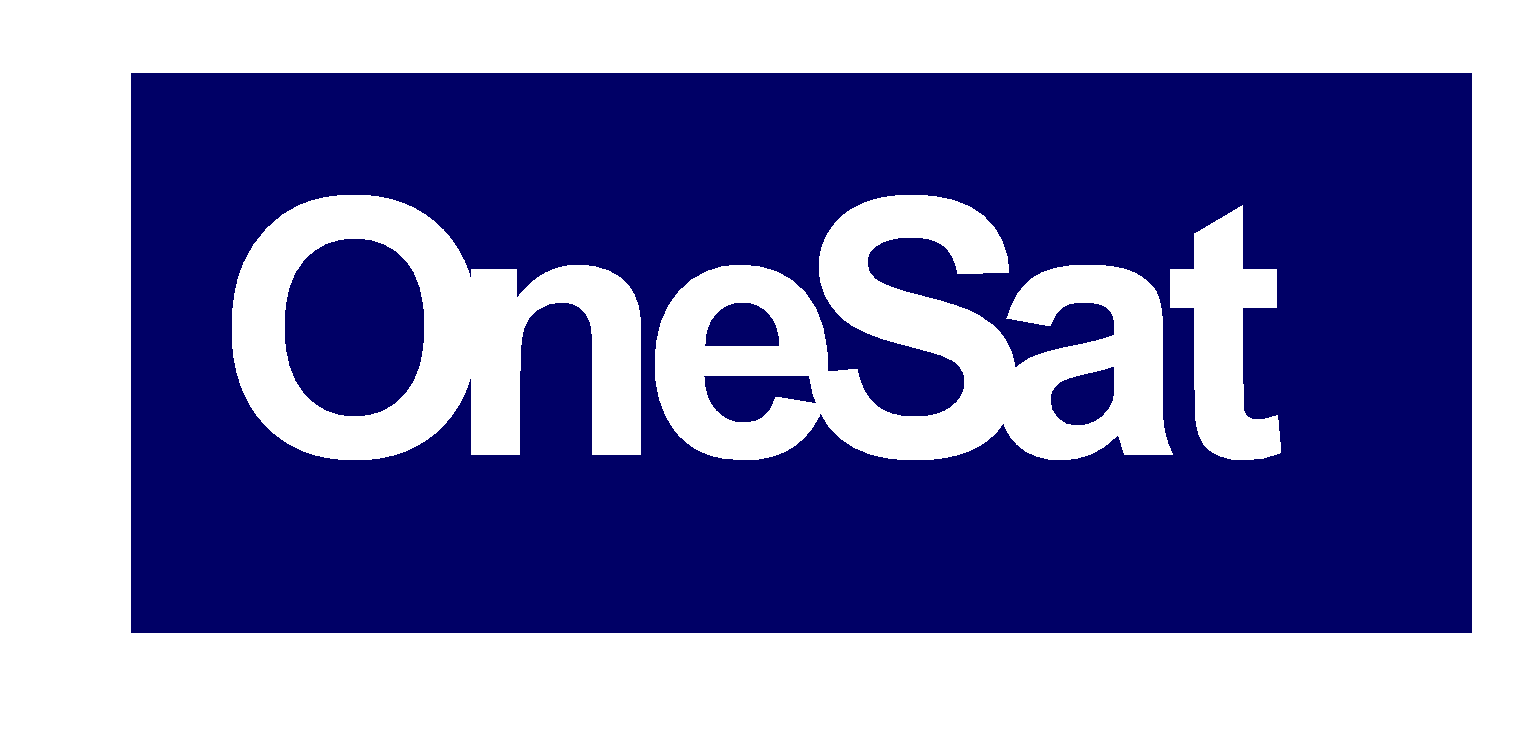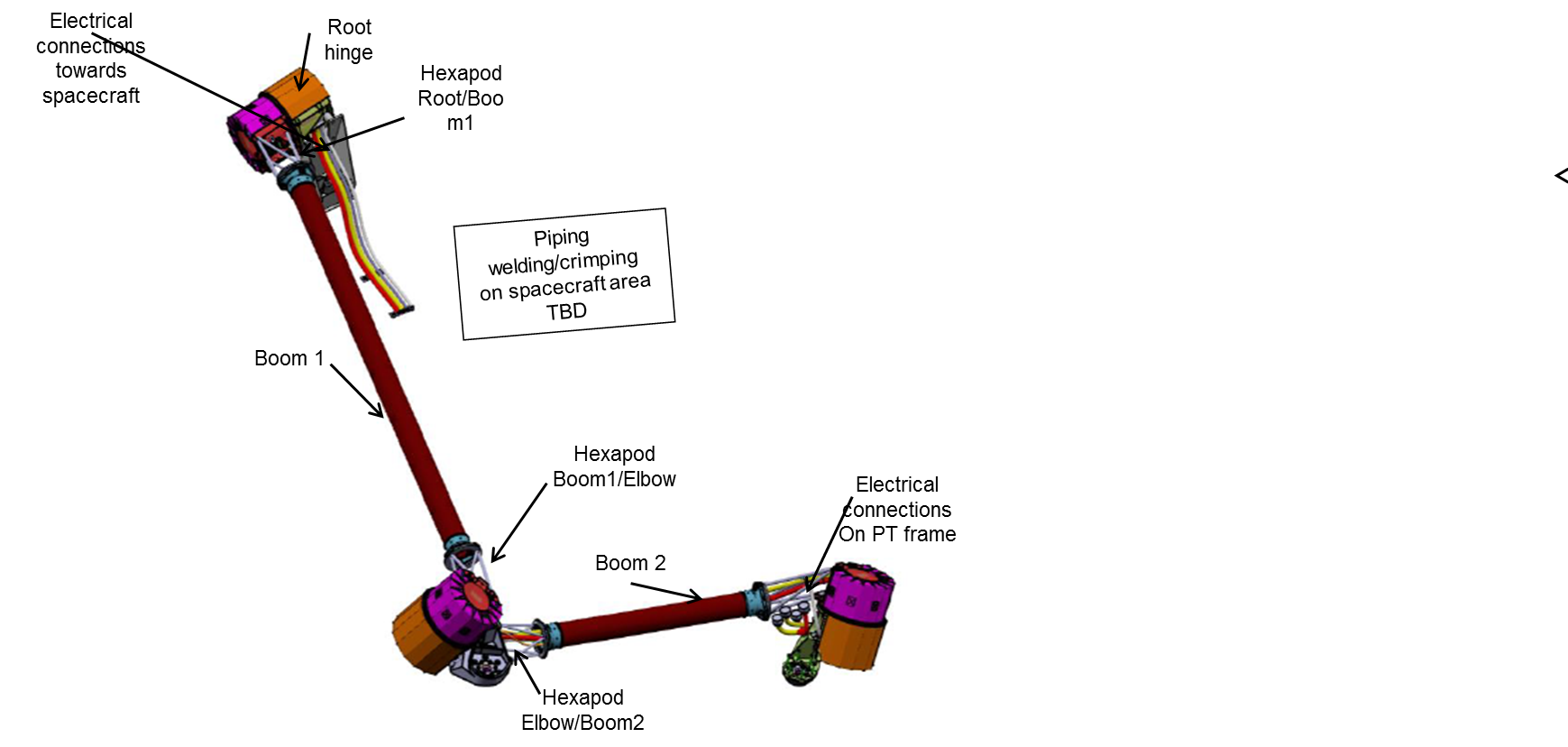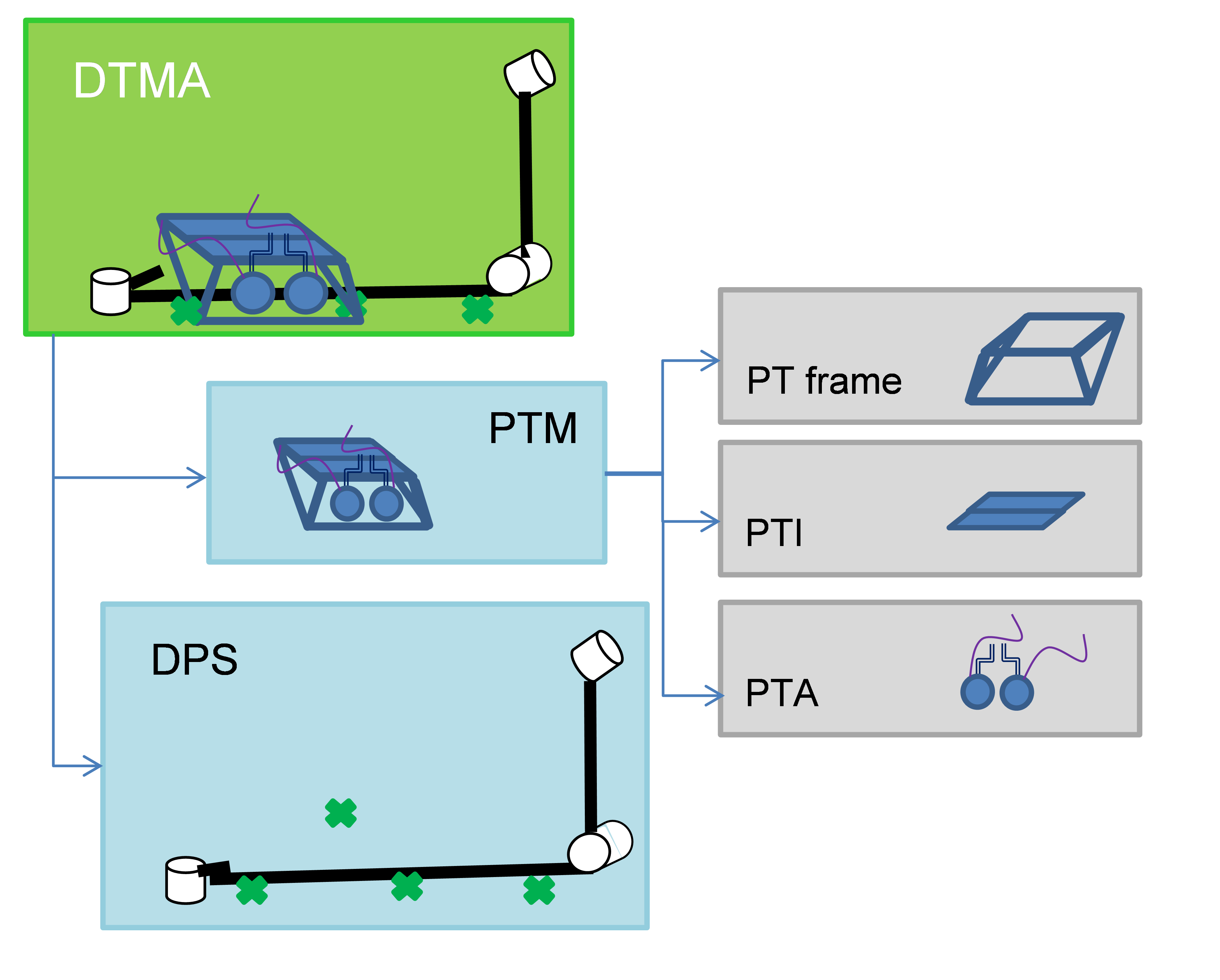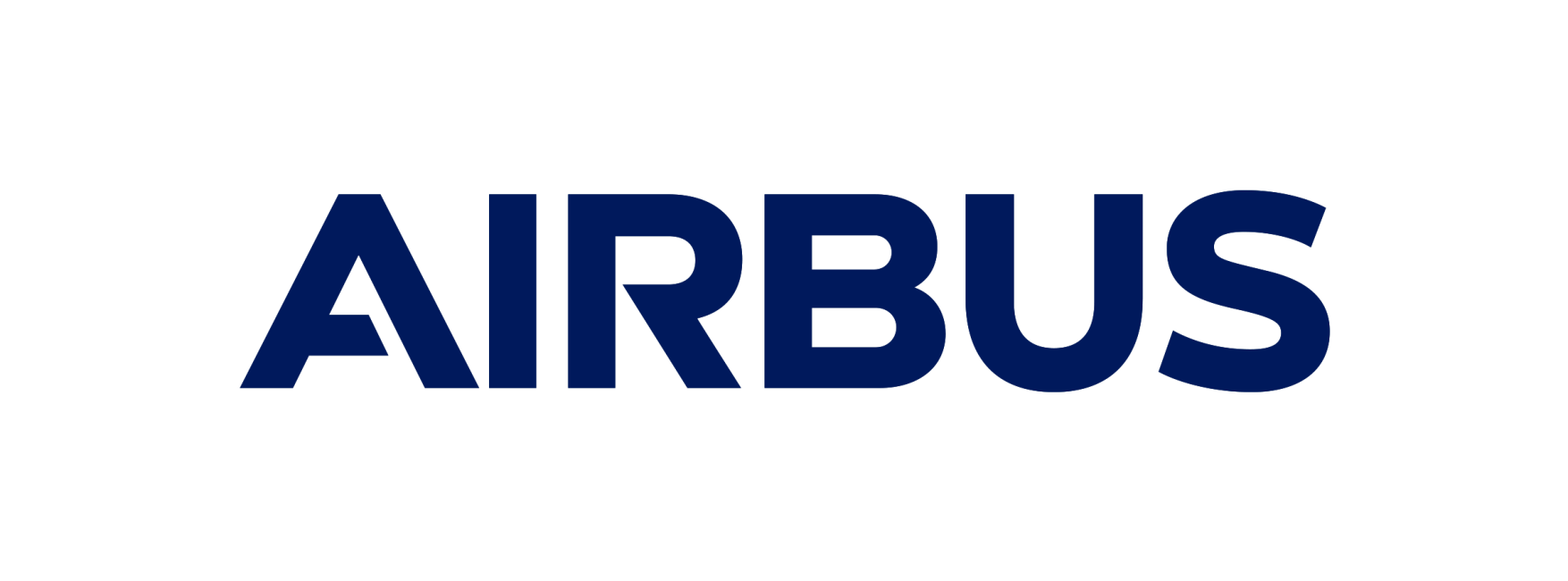
-
StatusCompleted
-
Status date2020-12-16
-
Activity Code4B.159
The project focuses on the development up to the preliminary design stage (PDR) of the OneSat DPS product which is a key satellite element providing for thrust orientation during in orbit and electrical orbit raising phases. Although heritage is provided through the previous Eurostar developments, the concept is adapted to match the new satellite constraints in terms of size and accommodation: the stowed allowable volume which is very limited due to the necessary accommodation of many other appendices, the HET thrust direction needs for the various types of maneuvers, and the spacecraft elements to be isolated from (solar array for erosion and all spacecraft for plume effect).

While preserving the overall concept, this leads to specific modifications mainly related to the overall geometry (orientation of the rotary actuators axes) and length of the DPS booms and consequently the complete update of the design justification file.
Additionally, a way to optimize the associated Hold and Release Mechanism with respect to power and mass is also analyzed.
The key challenge is to implement the evolutions required by the OneSat satellite while keeping the maximum heritage from previous satellites. Particularly attention needs to be paid to the capability to reach any position between the configurations (stowed, EOR, OSM + failure cases) while respecting the allowable volumes and the hinge actuator qualification. The new geometry also has to maximise the thruster efficiency during the various manoeuvres with electric propulsion.
The product developed in the frame of this project is a three axis arm providing major system benefits:
- Same equipment for the different satellite life phase: launch (stowed), Electrical Orbit Raising (deployed) and on-station (deployed).
- Optimum (about 100% efficiency) thrust direction along Spacecraft Z axis (satellite motion axis) during EOR and thus minimisation of the propellant consumption.
- Maximum efficiency during On-Station when the thrust can be oriented towards the Spacecraft Centre of Mass whatever its evolution during the life.
- Capability to perform North/South manoeuvers together with East/West manoeuvers in a very simple way.
- Flexibility and robustness with Respect to failure cases.
The DPS is composed of:
- Three hinges (Root, Elbow and Wrist) including a Rotary actuator inherited from Eurostar Neo, rotor or stator spools that enable harness and piping motion during arm rotation, and thermal covers.
- Two CFRP booms together with their end fittings designed to make the overall arm compatible with the available room in stowed position and to ensure the lever arm required by the system.
- The Xenon pipes running through the booms and hinges and sized to supply the two electrical thrusters
- The electrical harness for thruster power supply, rotary actuators commanding and telemetry acquisitions.
- The Holding and release mechanism to maintain the arm in stowed position during the launch phase.
- Several mechanical fittings

The DPS is part of the Deployable Thruster Module Assembly (DTMA) which includes:
- One Deployment and Pointing System (DPS)
- One Plasma Thruster Module (PTM) composed of
- One Plasma Thruster Frame
- One Plasma Thruster Interface
- One Plasma Thruster Assembly

There are two DTMA per Spacecraft. They are deployed before the Satellite Orbit Raising Phase.
The DPS development plan proposed in the frame of that ARTES contract covers the development up to the PDR with the following main milestones:
- The Kick-off to formally start the contract and assess the prior work
- The Requirement review where the OneSat main drivers or requirements are reviewed together with the product evolutions with respect to the legacy heritage.
- The Preliminary design review which aims at freezing the requirement specification, present the preliminary design and performances and identify the critical topics together with the associated risk reduction actions.
The DPS development will be continued in the frame of the Novacom 1 partnership project and will go through the Critical Design Review and the final qualification review.
All the work planned to be done in the frame of this ARTES contract has been successfully performed and the review successfully passed concluding on a safe design and development plan. Several “normal work” actions are to be closed for the Critical design Review.
The HRM optimisation assessment is technically completed concluding on several possible options. The decision remains to be taken in the frame of the project continuation according to the evaluated return on investment.




